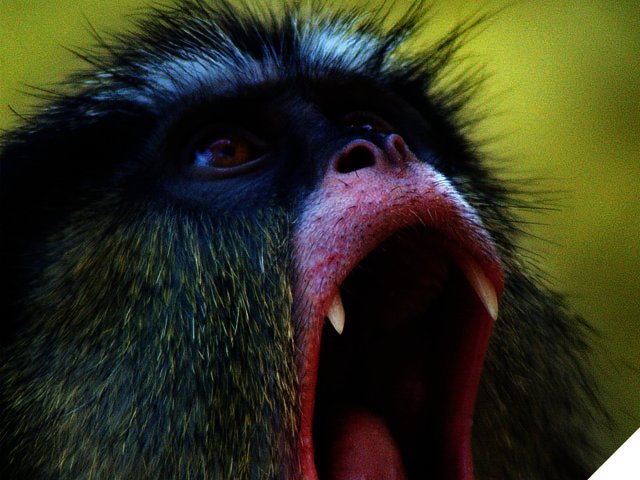PREVIOUS ARTICLENEXT ARTICLE
NEWS

SciNews October 2010
By Linda Pretorius 8 October 2010 | Categories: news
Chips and cracks
It seems our early ancestors sometimes bit off more than they could chew. Scientists write in a recent issue of the journal Biology Letters that analysis of chip patterns on hominin, gorilla and chimpanzee teeth, can be used to determine the bite force exerted by a tooth.
Of these analysed fossils, bigger teeth generally had more chips, which mean they exerted more bite force. This in turn suggests that more chips and cracks in the enamel tell of a diet that regularly included hard foods like nuts, seeds or bones.
Existing methods to determine what our ancestors ate usually require a complete skull to work out the jaw mechanics, but with the new method it seems a tooth may bring scientists just as close to the truth.
Early birds
A little birdie told us that being an early chirper may not always be a good thing. According to a study published in a recent issue of the journal Cell Biology, urban night lighting may affect breeding behaviour of forest-breeding songbirds.
Researchers analysed several species of songbirds' dawn chirps and found that males in areas near street lights started singing much earlier than their buddies from deeper within the wood. Apparently female birds often preferentially seek out early risers as "high-quality" mates to improve the quality of their offspring.
But if urban lighting upsets this natural cue, female birds may not necessarily get what they bargained for and future bird populations may be the poorer for it. Bottom line? If you wake up early, keep it down for a while.
The big hole
Watching your step on the moon is much easier these days it seems. According to a recent issue of the journal Science, researchers have mapped and counted close to 5200 moon craters with diameters of 20 km or more using tools aboard the NASA Lunar Orbiter.
Counting in itself was a feat, but their analysis also shows that the oldest regions of the moon, lying along a north-south axis, were pummelled by large projectiles until about 3.8 billion years ago. Younger areas though, were hit by much smaller objects. This makes scientists think that conditions in the asteroid belt must have changed around that time.
Exactly what changed is not certain yet, but the findings may help astronomers to understand our planetary system a little better.
Other cool reads:
What’s eating the stars out of our galaxy’s heart?
The part of the brain that leads to introspection.
We only trust experts if they agree with us.
USER COMMENTS
Most Read Articles
Read

Magazine Online
TechSmart.co.za is South Africa's leading magazine for tech product reviews, tech news, videos, tech specs and gadgets.
Start reading now >
Download latest issue
Have Your Say
What new tech or developments are you most anticipating this year?
New smartphone announcements (45 votes)
Technological breakthroughs (29 votes)
Launch of new consoles, or notebooks (14 votes)
Innovative Artificial Intelligence solutions (29 votes)
Biotechnology or medical advancements (24 votes)
Better business applications (160 votes)



